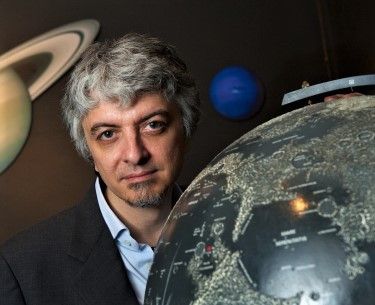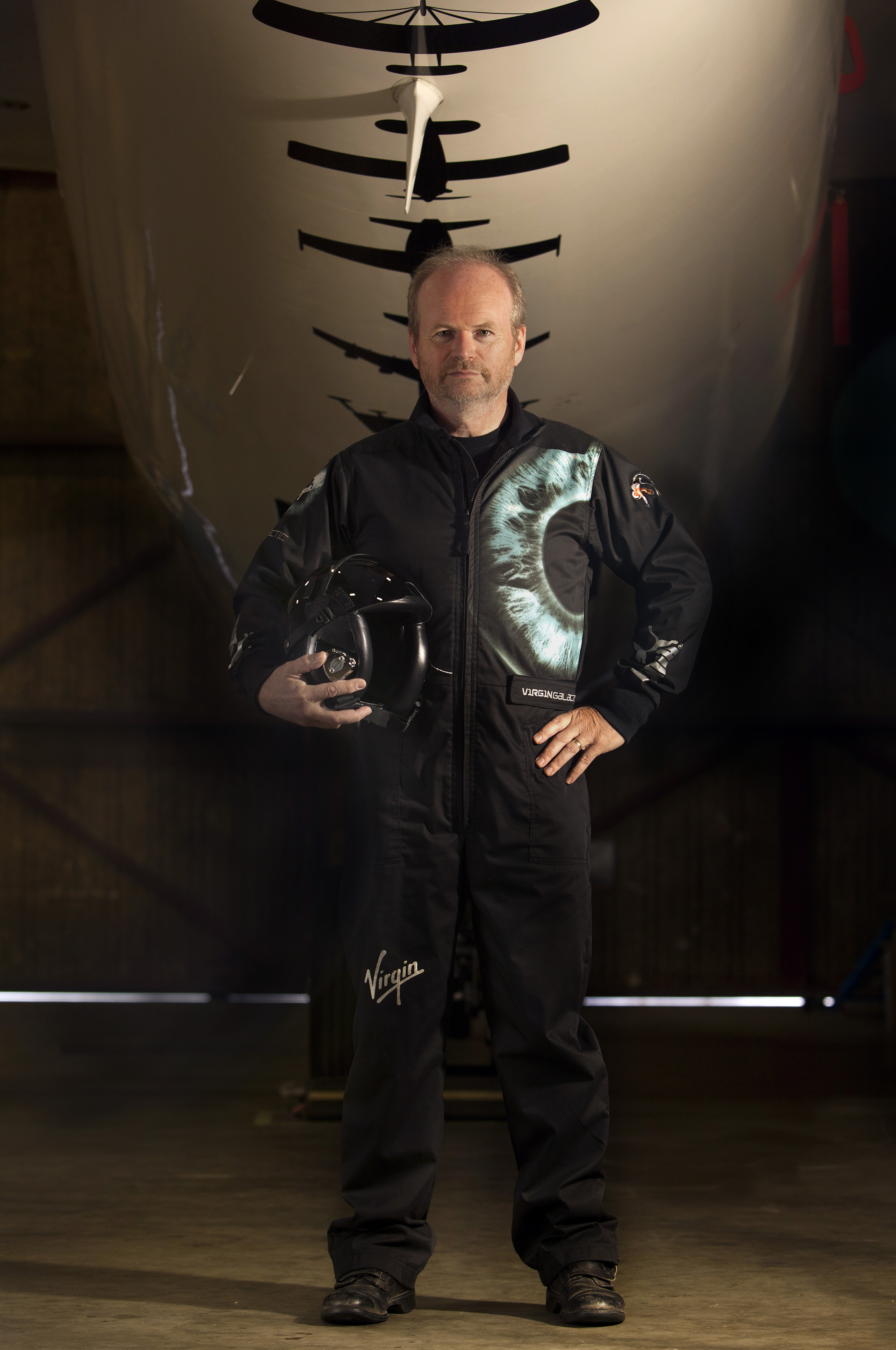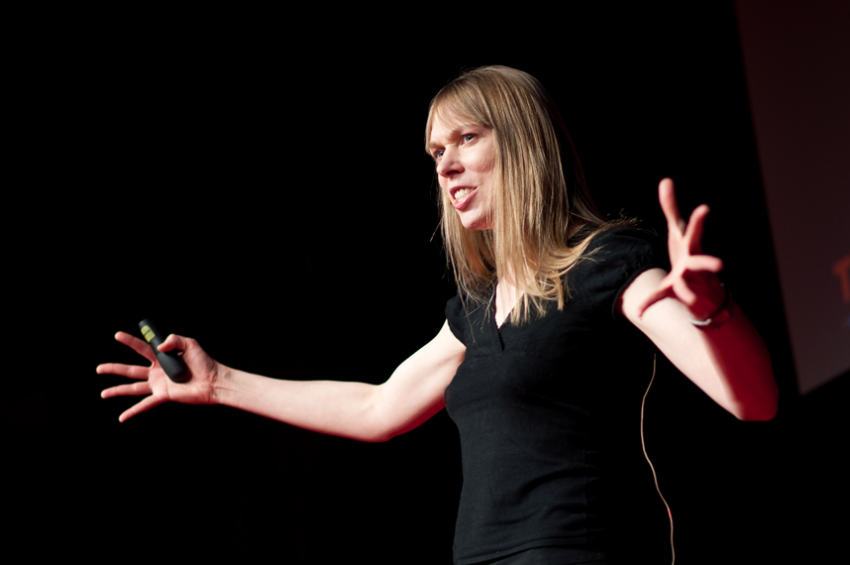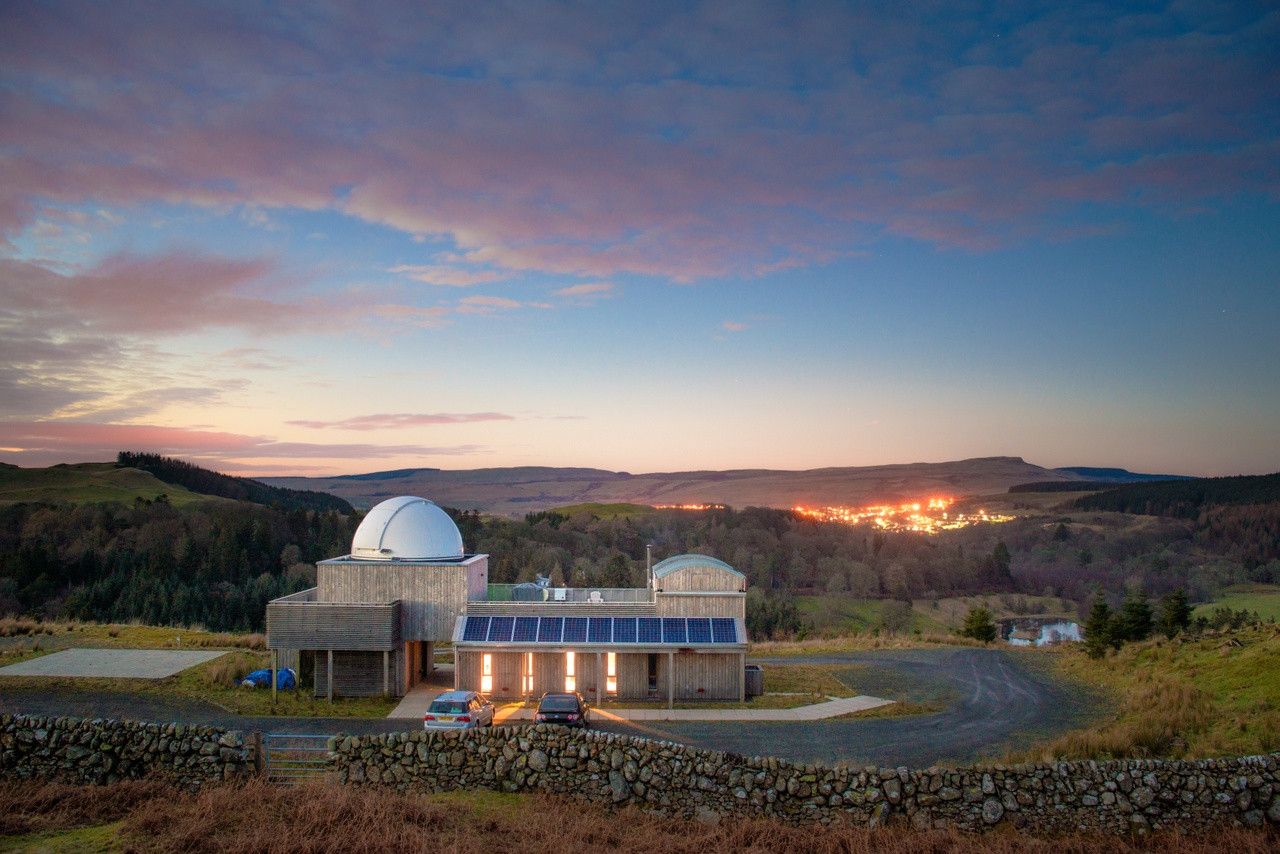From the earliest days of modern astronomy, Scotland, and its scientists, have kept their eyes on the skies.
World Asteroid Day is observed annually on 30 June as the United Nations’ sanctioned day of public awareness of the risks of asteroid impacts; its mission is to educate the public about the risks and opportunities of asteroids.
Astronomy has been taught at Glasgow University since 1451, and in 1757 work began on The Macfarlane Observatory - the first purpose-built university observatory in Britain.
The telescopes and instruments for the observatory had been gifted to the university by Glasgow-born merchant, Alexander Macfarlane. When they arrived, they were in poor condition, so the university paid their in-house engineer, James Watt – one of the fathers of the Industrial Revolution – to recommission them. Watt was paid the princely sum of £5 for his work.

World Asteroid Day
Asteroid Day was co-founded by astrophysicist and famed musician Dr Brian May of the rock band Queen, Apollo 9 astronaut Rusty Schweickart, filmmaker Grig Richters, and B612 Foundation President Danica Remy, to educate the public about the importance of asteroids. They wanted to emphasise the role of asteroids in the formation of our solar system, their impact in space resources and the importance of defending our planet from future impacts.
Asteroid Day is observed annually on 30 June to mark the date of Earth’s largest asteroid encounter in recorded history, the Siberia Tunguska event of 1908. The stony meteoroid was about 100 metres (330 feet) in diameter and flattened an estimated 80 million trees over an area of 2,150 km2 (830 sq mi) of forest.
Today, just a few hundred metres from where Glasgow’s first observatory stood, Professor Massimiliano Vasile, Director of Strathclyde University’s Aerospace Centre of Excellence in the Department of Mechanical & Aerospace Engineering, and his team are at the forefront of global asteroid research.
So, why asteroids?
Well, apart from the ever-present danger of an asteroid striking Earth, in today’s crowded solar system – with new satellites being launched almost daily (Scotland already builds the most satellites outside the US), and the growing problem of ‘space junk’ – knowing how asteroids behave is crucial to the safe exploration of space, and its resources.
Massimiliano says: “We know very little about a very large number of asteroids and if we want to prevent an impact with Earth (or even our space assets around the Earth) or predict far in advance if such an impact could occur, we need to know more about the motion of asteroids, their composition and structure."
Asteroids and comets can tell us a lot of things about the origin and evolution of the solar system. If one wants to exploit asteroids, we need to know what they are made of and how to tackle them.
Risk and opportunity
As well as his own work, in asteroid deflection techniques, and the use of AI robots to collect and retrieve space junk, Massimiliano also leads the Stardust Reloaded project, a European-wide research scheme to explore and exploit asteroids and make the use of space sustainable.
Massimiliano, who is also the scientific adviser to the UK delegation to the UN on matters of planetary defence and asteroid exploration, says: “Asteroid impacts are a real threat. The Tunguska explosion in 1908 devastated an area bigger than Greater London.
“The problem of space debris is an engineering challenge of the highest and riskiest order. There is no silver bullet to fix the problem: how do you catch thousands of hypervelocity objects, which are made of different materials, travelling at varying speeds, tumbling in awkward ways?
“Some space debris is tiny, some is the size of a football, and some is as big as a double decker bus. And those are just the ones we can track.”
We are Stardust
This month, Stardust-Reloaded and the European Space Agency Advanced Concepts Team launched two challenges within the fields of asteroids and space debris monitoring and detection. These topics are part of a larger effort by Stardust-R, and others; critical for the long-term safety of our planet from space threats as well as the long-term sustainability of the human presence into space.
Massimiliano adds: “Space debris threatens our orbital activities. We need access to orbit. We have become dependent on it for our mobile communications, internet, television, and weather and climate monitoring.
As space missions get cheaper, more companies and individuals have access to space. We need more than ever to proceed with caution.

Reaching for the stars
One Scot who is already grateful for the professor’s work is Virgin Galactic Test Pilot, Dave Mackay. A former RAF pilot, in 2019, Mackay became the 569th person, and first Scot, to visit space.
As other, non-government space missions launch – Amazon founder Jeff Bezos’ Blue Origin project, and Tesla founder Elon Musk’s SpaceX – monitoring, limiting, and, eventually, removing low Earth orbit space debris will become even more important.
Scotland is already scoping out potential launch sites to put low Earth satellites into orbit.
Elsewhere, across our country, other eyes are also looking to the heavens.
A fresh perspective
Astrophysicist Professor Catherine Heymans, Scotland’s first female Astronomer Royal, is keen to encourage more female students into the space sector.
“I’m always shocked that it’s 2021 and we’re still having ‘first female’ stories,” says Catherine. “It’s very hard to aspire to be something if you can’t see someone who looks like you in that job.
Catherine did not look through a telescope until she was paying her way through her first degree with a job as a tour guide at Edinburgh’s Royal Observatory.

The fun thing we do in science is ask questions that nobody knows the answer to, and they’re big questions like, ‘Why are we here'?’, ‘Where did we come from?’, ‘Where are we going?’ You need to hear lots of different voices. You’re never going to get the answer if the only people who are looking at it have come from the same culture and the same privileged backgrounds.
The next generation
Her first initiative is to give every child access to the universe. She hopes to install telescopes at Scotland’s residential outdoor learning centres, where children traditionally spend a week in their final year of junior school.
Catherine adds: “The centres are all in these fantastically remote locations, so the skies are really dark. It’s a perfect place to do astronomy, and all our kids, no matter what background they come from, will pass through one of these centres, so what a way to reach everyone.”
Dark skies, bright ideas
Scotland already boasts its own Dark Skies Park and visitor centre, the only one of its kind in the UK, in the Galloway Forest Park, while the Coats Observatory, in Paisley, the world’s oldest public observatory, along with its neighbouring museum, is currently undergoing a 4-year, £42m transformation.
The Mills Observatory, in Dundee, Airdrie Public Observatory and The Royal Observatory in Edinburgh all provide access to a range of powerful telescopes guaranteed to provide a whole new perspective of the night sky.
Next up for Catherine, who is best known for producing the first large-scale map of dark matter, is a project with the Vera Rubin Observatory in Chile, to map out all the asteroids in the solar system. “Just in case one of them turns out to be a killer asteroid that is on a direct collision course to Earth.” She laughs: “Then we mobilise Bruce Willis!”
